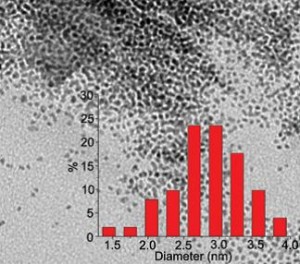Being green is very important these days: and yet it’s important not to compromise on the activity and selectivity of our catalytic reactions. A quick look through recent issues of RSC Advances shows that chemists are not sleeping on their laurels when it comes to recyclable and reusable catalysts which are nevertheless active for a whole range of reactions.
Just to take some examples: Subhankar Santra and colleagues from India have developed a simple process for decorating palladium nanoparticles onto single-walled carbon nanotubes – those versatile carbon-based supports – and tested the resulting catalyst in a copper-free acyl Sonogashira reaction. Most importantly they were able to recycle the catalyst up to seven times; it is to be hoped that further optimisation would increase this number still further.
Meanwhile also from India, Mithu Saha et al. have been working on a ligand-free palladium(0) nanoparticle-catalysed reaction that works in water. They tested the catalyst for the synthesis of bis(heterocyclyl)methane derivatives. They report good yields and reused the catalyst four times.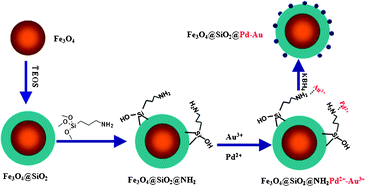
A novel approach to catalyst separation was taken by Zhijie Wu et al. in China, who made a magnetic core–shell nanocomposite, Fe3O4@SiO2@Pd-Au, for liquid-phase hydrodechlorination of 4-chlorophenol – an important reaction for the disposal of chlorophenol waste. They optimised the catalyst preparation and composition and, after magnetic separation, could reuse the catalyst at least eight times.
All these articles are available through the RSC Advances website, and are free to access so now is a good time to read about this fascinating research.
Anchored palladium nanoparticles onto single walled carbon nanotubes: Efficient recyclable catalyst for N-containing heterocycles, Subhankar Santra , Priyadarshi Ranjan , Parthasarathi Bera , Prasenjit Ghosh and Swadhin K. Mandal, RSC Adv., 2012, 2, 7523-7533
Pd(0) NPs: a novel and reusable catalyst for the synthesis of bis(heterocyclyl)methanes in water, Mithu Saha , Amarta Kumar Pal and Shibaji Nandi, RSC Adv., 2012, 2, 6397-6400
Fe3O4@SiO2@Pd-Au: a highly efficient and magnetically separable catalyst for liquid-phase hydrodechlorination of 4-chlorophenol, Zhijie Wu , Chongxia Sun , Yan Chai and Minghui Zhang, RSC Adv., 2011, 1, 1179-1182
Stay up-to-date with the latest content in RSC Advances by registering for our free table of contents alerts.
By Sara Coles
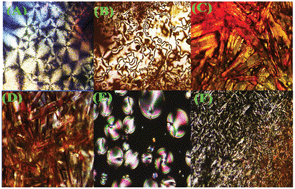











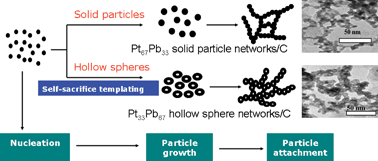 Nevertheless
Nevertheless 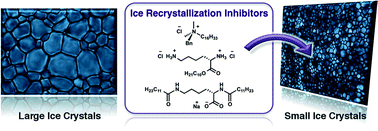
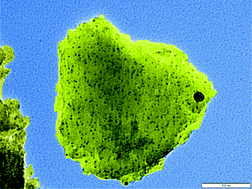
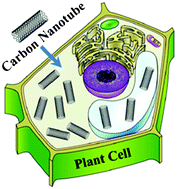

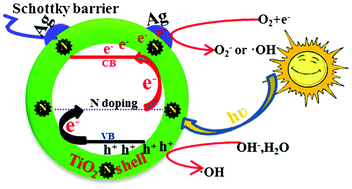
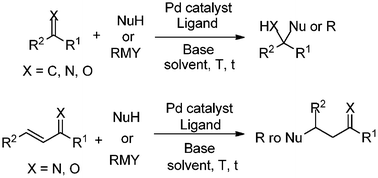 In this review article
In this review article 